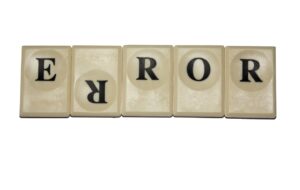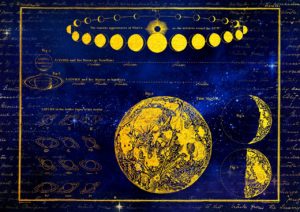Earth Epic Calendar 11.725 available for download

Just in time for the new (Earth Epic) year, the Earth Epic Calendar for the year 11.725 is now available for download. The calendar shows the last quarter of 11.724 and all four quarters of 11.725 printed across ten pages, and with illustrations that explain how the calendar works. The calendar is a total of 26 pages including the front and back covers.
For best results, print the calendar onto 80# paper so that opposite sides of the page aren’t visible through the paper. If 80# paper is not available, then print single-sided and put the pages back-to-back.








